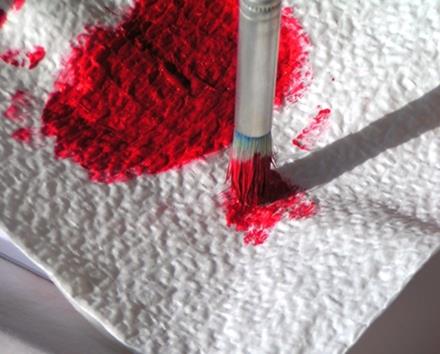That's it! The last installment of Hazel is up in the Group and there are already plenty of quilt top pics circulating to feast your eyes on. What a BOM it's been! When I designed it, I loved it, but I didn't know if anyone else would love it too. An all pieced BOM is a bit out of character for me, but sometimes I do feel like I just need to shake things up a bit. Now all I have to do is wait around a bit longer to enjoy even more Hazels hit the finish mark.
And finish my own top... which is completed and needs to be quilted.
The best bit (and I know I always say this, but it's true) is the scope of variety out there. Take this one, in stunning red, blue (some tan) and white by
Milla Machova. Now, when I first designed Hazel, I did do a mock up in this scheme and secretly hoped that someone somewhere would make this bold statement and I'm so glad Milla did because I'm thrilled with it. It might sound odd to be so delighted over someone elses quilt, but as a designer it's a very real emotion!
This Hazel is by
Judy Hogg and the her use of colours is a dream, I just love the balance between the lavender and green, it's so harmonious
This one by
Alice Means is splendid in red shades and you know red happens to be a weakness of mine..and the smattering of green just works so well, I am in love.
The best thing about the BOM Group over on Facebook is the ease of sharing images, it's been such a thrill to see everyone working at their own pace. For this post, I asked Milla, Judy and Alice for permission to post their quilt images here as examples of three very different quilts. The fact is, I could have listed 50 quilts here on this post right now - there's a Fassett one that has stolen my heart, a pastel one that is too charming and a very special shaded one that has managed to use all my favorite colours better than I have ever managed. Yes, it's true, I really do get to live through everyone elses colour schemes...which is lucky for me as I'm notoriously indecisive myself.
If only I could show them off here - but there's not enough blog space, you'll just have to join the Group and see for yourself.
As for me, I'm keenly following the results of the next Free BOM Poll over in the Group to see what members would like to make next.












































